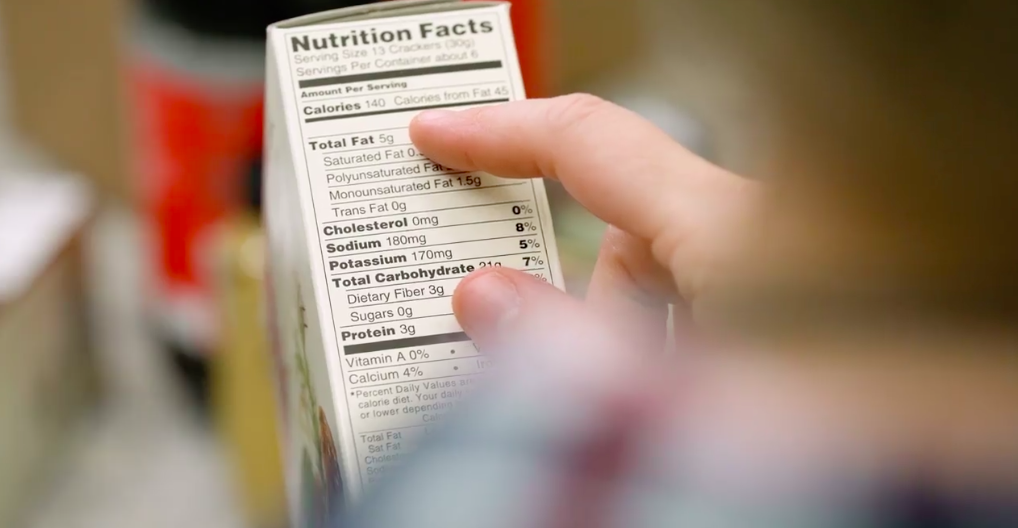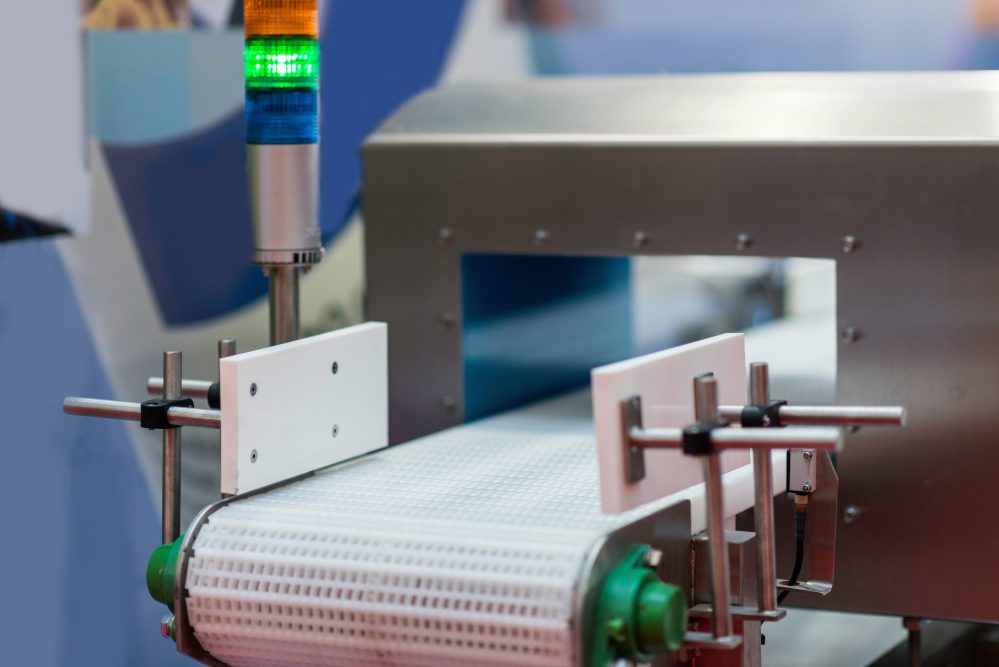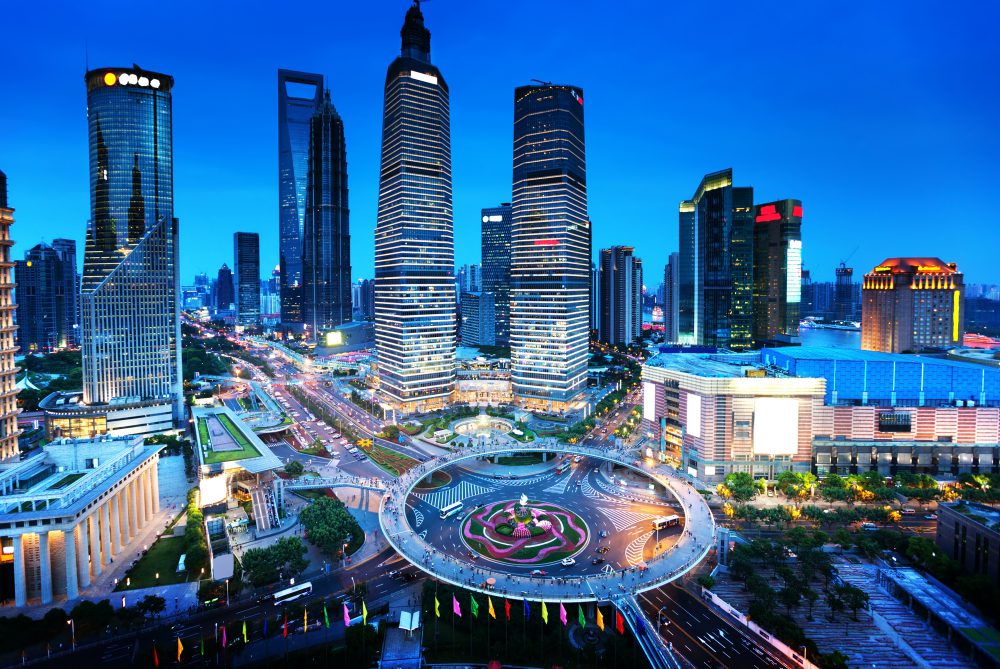How a Facility Assessment Helped Royal Cup Coffee Build, Expand and Renovate Efficiently [Case Study]
In our industry, the best project outcomes require a great deal of planning. When it comes to greenfield and renovation projects, that means formulating a manufacturing analysis and a strategic plan. Before investing in any changes, however, a crucial step is understanding the status quo:
- How is your facility performing?
- How efficient are your processes?
- What can be optimized?
A comprehensive facility assessment can answer these questions and more.



![How a Facility Assessment Helped Royal Cup Coffee Build, Expand and Renovate Efficiently [Case Study]](https://stellarfoodforthought.net/wp-content/uploads/2017/01/Screen-Shot-2017-01-25-at-10.59.02-AM.png)
![[Infographic] 7 Best Practices for Gluten-Free Manufacturing](https://stellarfoodforthought.net/wp-content/uploads/2016/10/BREAD.png)


![[Infographic] Installing Packaged Refrigeration vs. Traditional Systems](https://stellarfoodforthought.net/wp-content/uploads/2018/02/Packaged-refrigeration.png)




